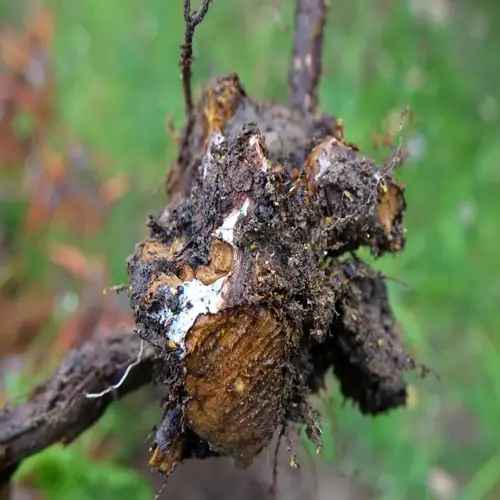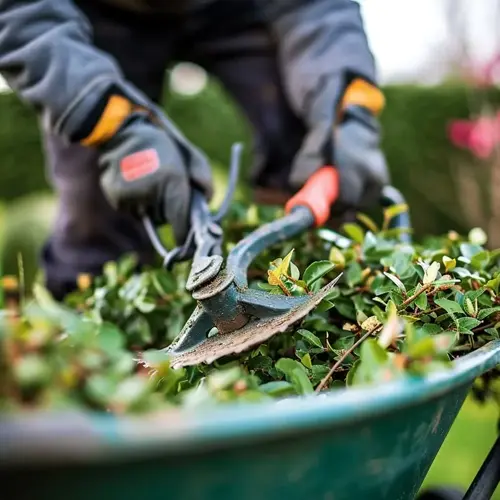What's the biggest mistake when amending clay?

Written by
Tina Carter
Reviewed by
Prof. Samuel Fitzgerald, Ph.D.The worst mistake regarding clay soil improvement is focusing solely on creating holes for planting. This results in drainage bathtubs, and the water is trapped around the roots, suffocating the plant. Treating the entire planting area uniformly allows you to avoid this deadly trap and promote healthy plant growth.
Partial Area Amendment
- Problem: Waterlogged root zones in amended holes
- Solution: Treat minimum 4x4 foot areas uniformly
- Visual: Roots avoid native clay like bathtub walls
- Fix: Blend amendments thoroughly with surrounding soil
Wet Soil Tilling
- Problem: Creates permanent concrete-like blocks
- Test: Soil should crumble not smear in hand
- Moisture Limit: Below 40% water content
- Fix: Wait 3 sunny days after rain before working
Uncomposted Wood Products
- Problem: Severe nitrogen depletion during breakdown
- Duration: 2-year nitrogen deficit possible
- Alternative: Use aged sawdust or composted chips
- Fix: Apply high-nitrogen fertilizer if used
To prevent the bathtub effect, always amend the entire bed before planting. Wide digging holes that are three times the width of the root ball. Mix backfill soil thoroughly with compost for a smooth transition. Water penetration tests show even drainage before planting.
Observing wet clay is primarily determined by field tests. To test for water at a soil depth of 6 inches, squeeze a handful of soil. If water drips from your hand, wait longer. If it forms into a slick ball, wait longer before proceeding with work. Soil with proper moisture feels similar to crumbly soil, yet retains its shape until light pressure breaks it apart.
Select safe amendments, while avoiding nitrogen stealers. Decayed wood products do not deplete nutrients. Choose composted manure instead of raw manure. Select leaf mold rather than fresh sawdust. These amendments all enhance soil health without hidden downsides.
Corrective measures can help you recover from mistakes. For the bathtub effect, you can dig trenches (or install drains) that direct water away. Compacted areas need to be aerated with a broadfork, as well as added layers of compost. Soil that is lacking nitrogen can be treated with either blood meal or feather meal.
Transform clay successfully by avoiding these critical errors. Prioritize uniform treatment and proper timing above all. Your plants will reward you with vigorous growth in improved soil.
Read the full article: Soil Amendments for Clay: Transform Your Garden

